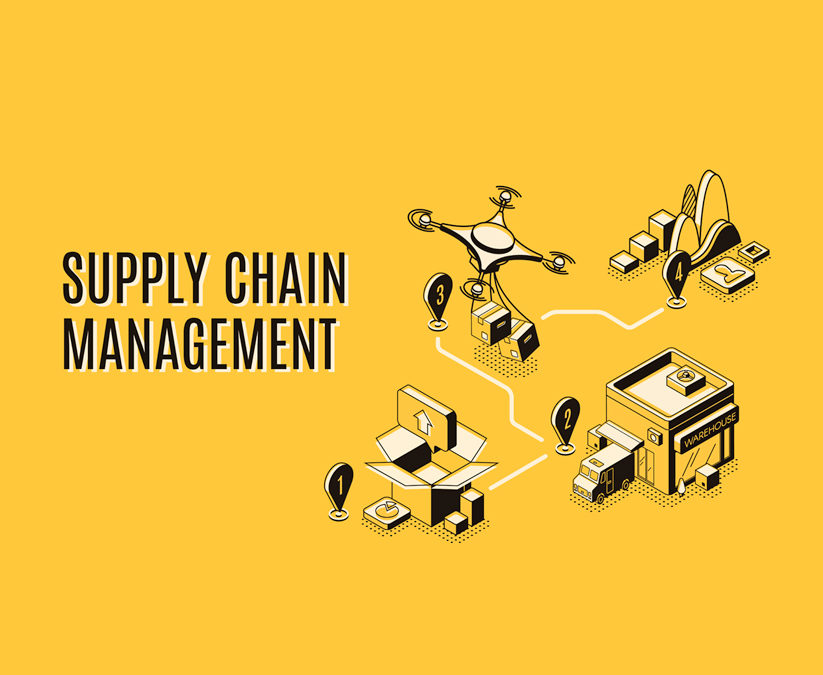IoT devices have revolutionized supply chain management. It’s now much easier to understand the location of the goods, its expected time arrival, and how they are being stored. These challenges have often cost a lot to the companies and most of the time, either the shipment gets lost or gets rotten. For example, the supply chain for apples involves a lot of processes before being delivered in a good condition to a grocery store. And if the apples get rotten before they reach a grocery store, who is responsible? Maintaining the perfect environment for the apples can be much of a hassle as each step of that journey involves the supplier of seeds, growers, distributor networks, facilities for storage, logistics and then to the grocery store.
Now what if we say, all of these processes can be handled perfectly and in an organized manner with IoT – Internet of Things. In this article, we want to convey that IoT can enhance supply chain management and its associated processes without much implications. Utilizing sensors that provide the real-time location, temperature, motion, g-force, and other important info can improve your business’s supply chain immensely.
Know the location of the goods
Have you waited impatiently for the goods you ordered? You might want to know where your shipment is? This is where IoT comes in with an asset tracking solution. Not only the product/good can be tracked but individual components can be tracked throughout their supply chain as well. With the information of location, suppliers, wholesalers, distributors can benefit as well with the transparent supply chain. It can help to solve various problems that include locating goods that are in storage, verifying exactly when goods arrive at the subsequent step along the supply chain and tracking the speed of delivery and route of deliveries.
Now, there are two ways to get the location of a good along the supply chain. In real-time or on an incremental basis. The real-time location can be tracked easily with the help of sensors on cellular networks, but the implication of cost and battery-life must be considered. The more communication devices have with a network, the faster the battery will run out. The easiest way out is to be connected with a constant power source, this way the sensor will work at all times, and the battery won’t also drain, giving you location data of your goods/products.
All in all, if you have the right hardware, operations, network and business logic for the supply chain management, asset tracking can be of great help for your business.
Maintaining The Quality of Asset
Have you always wondered about the quality of your goods while in transit? This is another area where IoT devices can help you to know the state of your goods with its Cold Chain Management Solutions. It helps to validate and ensure the quality of the goods being produced and transported and enables you to track the GPS location, monitor the temperature and humidity levels, and receive alerts on your temperature-sensitive assets as they travel through the supply chain.
Each year, billions of dollars are lost due to damage from high temperatures. For example, the truck in which bananas or insulin are kept has a broken air-conditioner, by the time it reaches the facility, it may be spoiled. This costs a lot to the company. Perishable items like fruits or pharmaceuticals can be constantly monitored for temperature, humidity, and other factors with the help of Cold Chain Management Solutions.
If you also have a business that requires maintaining the quality of goods and tracking you must in IoT devices. Last but not the least, more retailers are moving toward IoT advancements and implementing some sort of IoT solution, whether it’s the location data, asset management, asset tracking or maintaining the quality of goods. It might be difficult to adopt a change, but it’s mandatory to stay relevant in this tech-savvy era.


